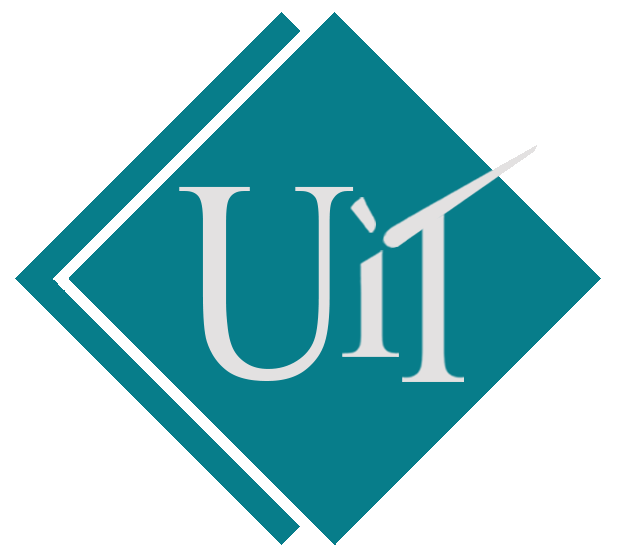Nowadays, sensors play an important role in our everyday life and in Internet of Things (IoT). Sensors monitor our health status, air quality, home security, and are widely used in the Industrial IoT to monitor production processes. The overall goal of this course is for students to attain a broad familiarity with many different sensors useful in IoT application development. It aims to provide the student with the ability to develop judgment of what sensors and modalities are appropriate for different applications.
They will come to know how to electronically condition the sensor, hook it up to a microcomputer, and process the signal basically. They can have some idea of how/where these sensors were used before and a reasonable idea of how different sensors work. This course offers lecture and lab-based instruction. Students are required to complete several problem sets and labs, and a project due at the end of the term with a final report and in-class presentation.
The aims of this course are:
- To make students familiar with the constructions and working principle of different types of sensors and transducers.
- To make students aware about the measuring instruments and the methods of measurement and the use of different sensors and transducers.
